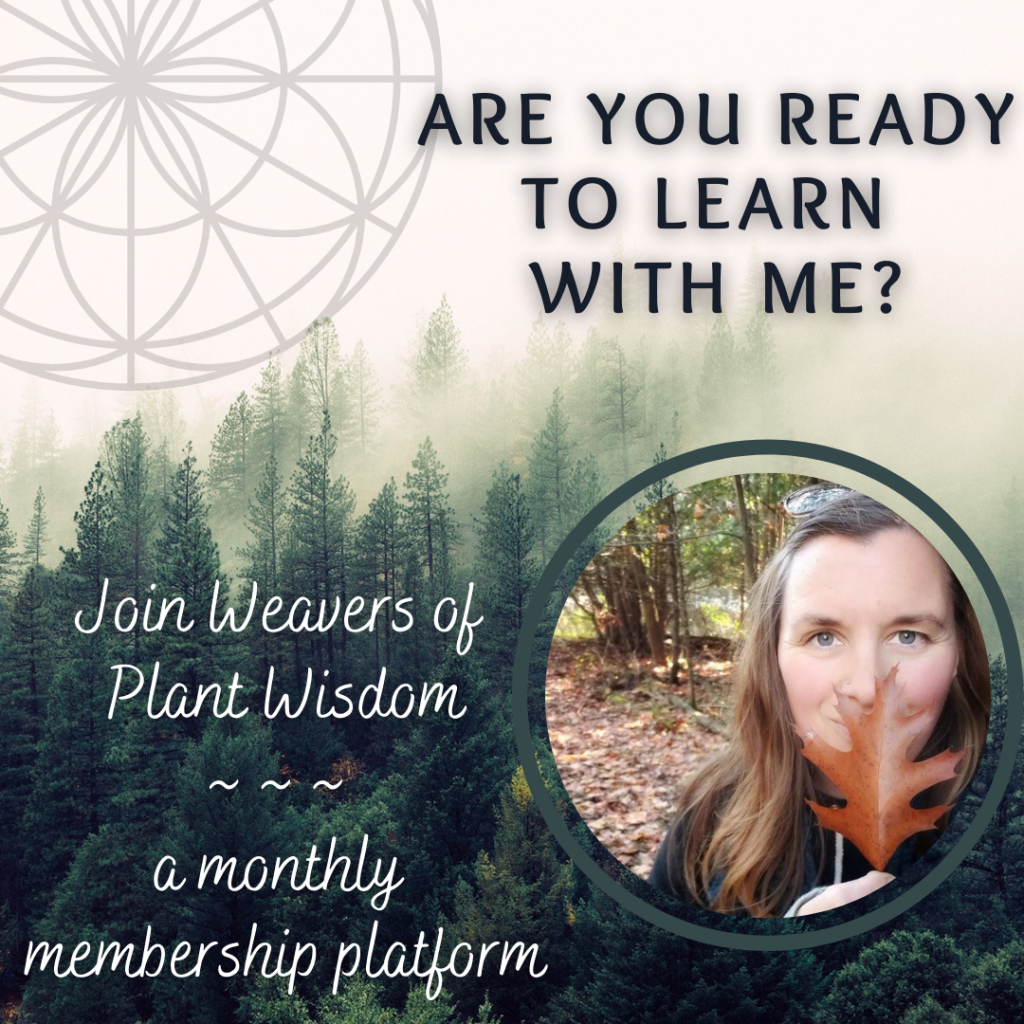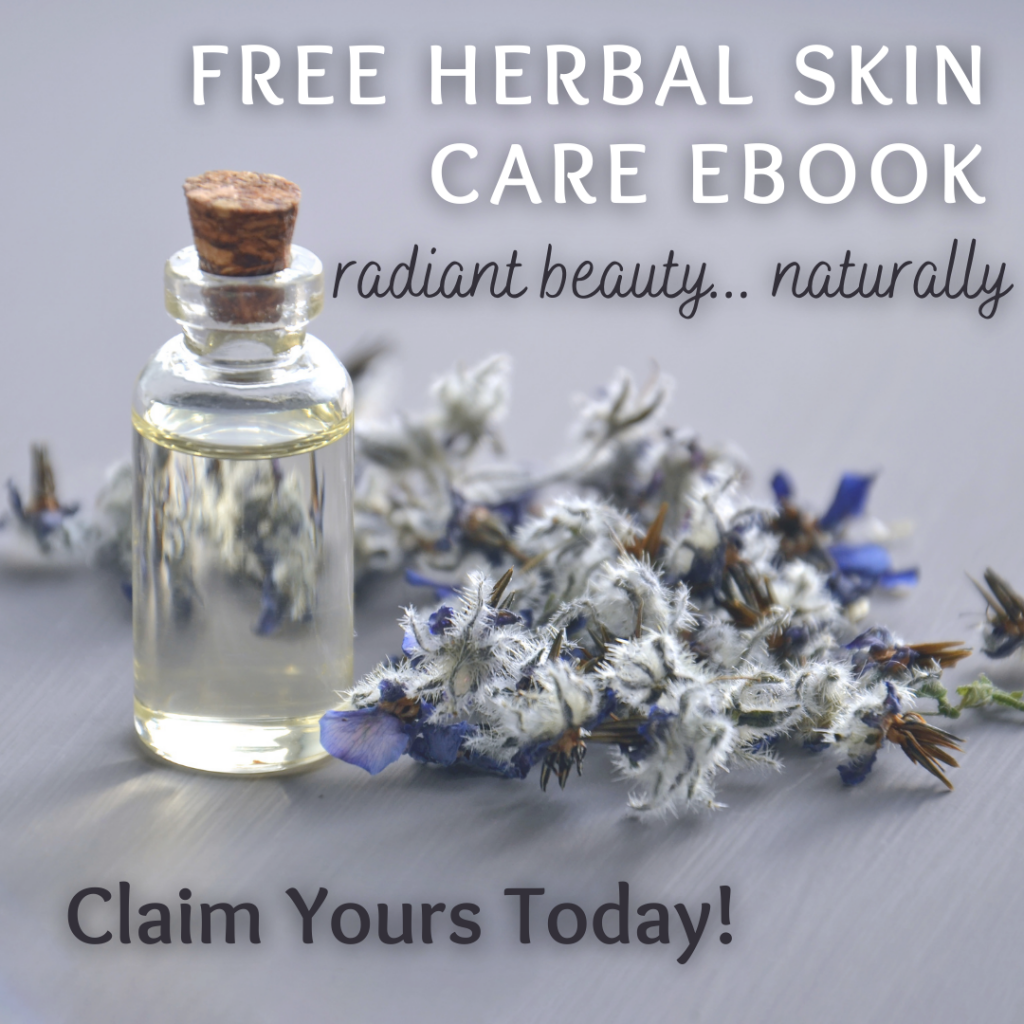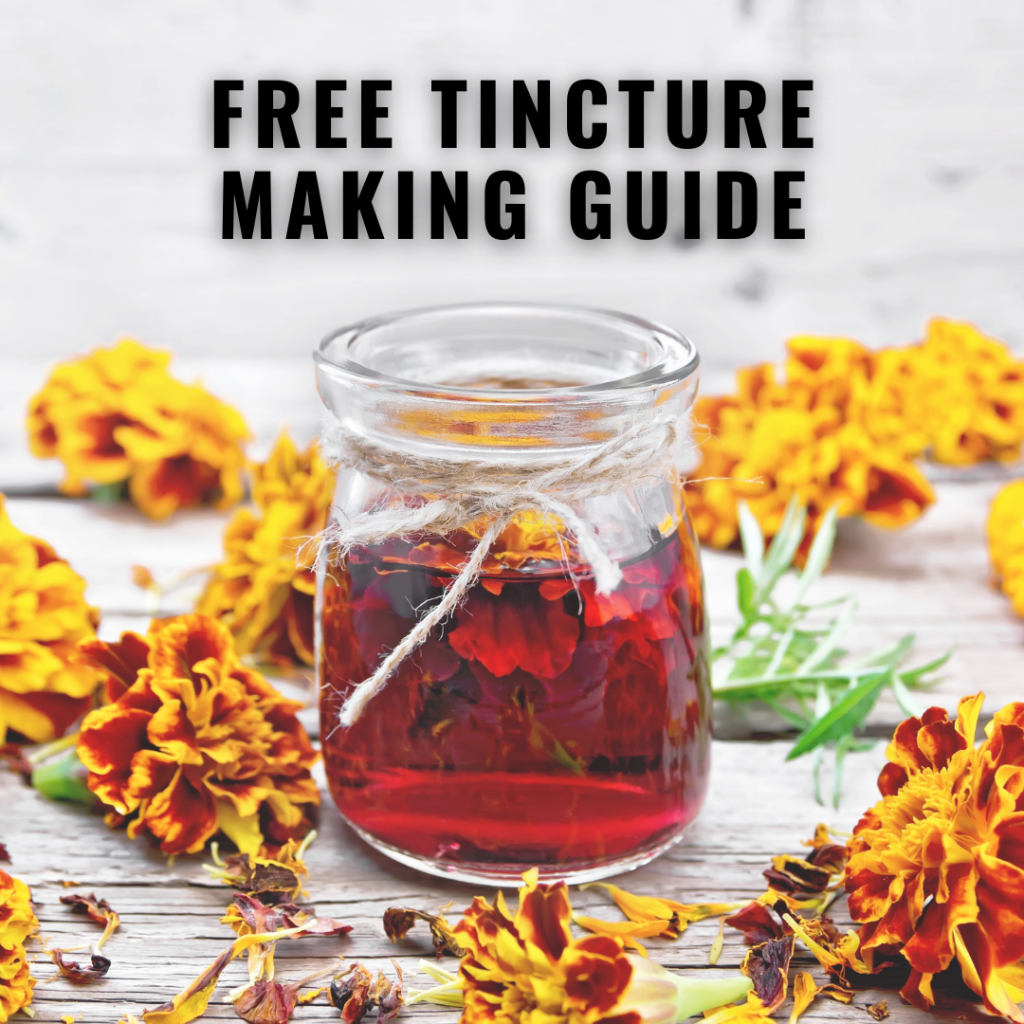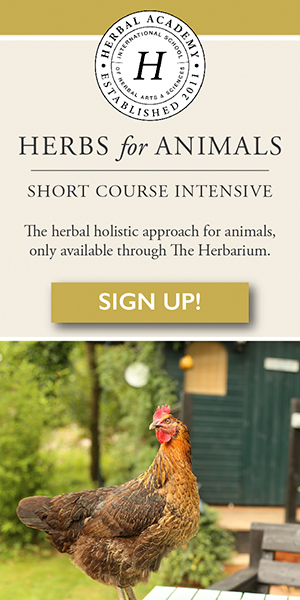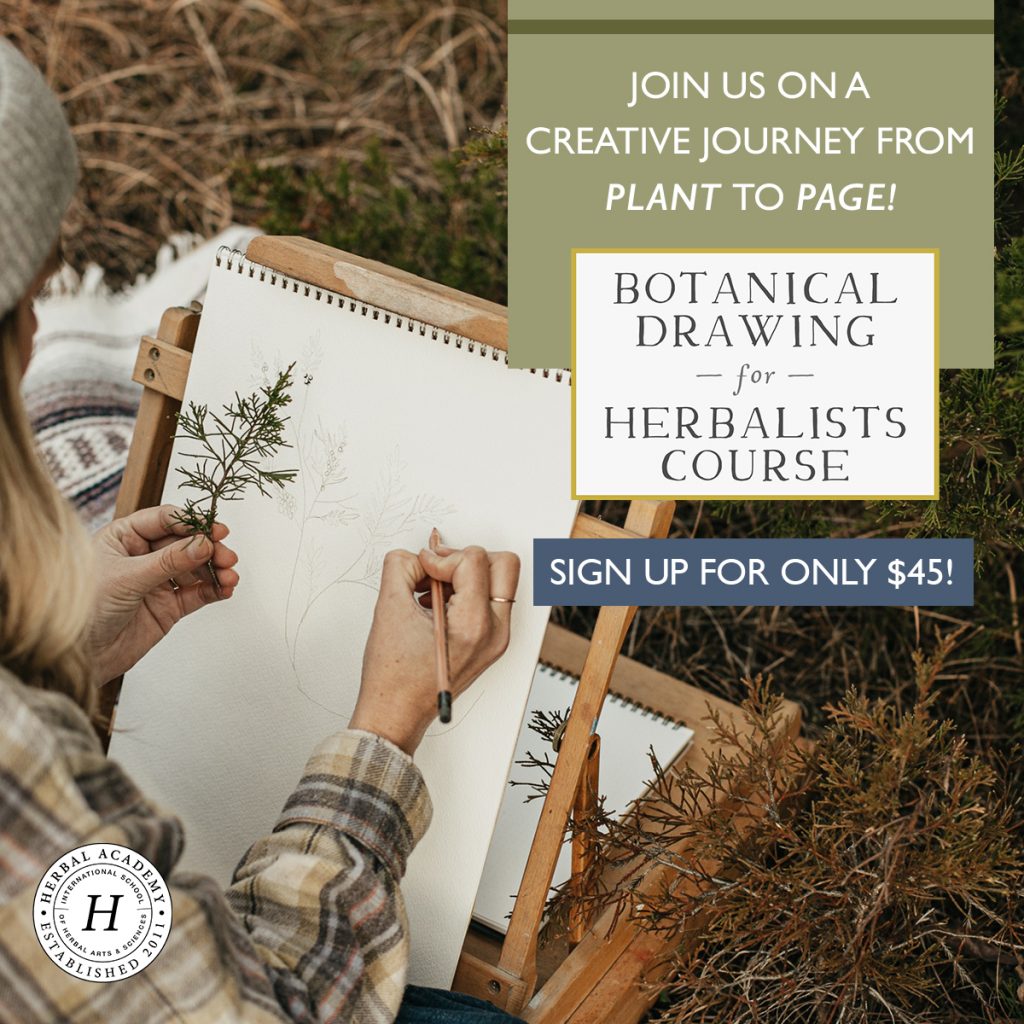This one is for my friend Amelia over at Needles and Bows. She’s got a ton of this growing in her yard and thankfully she messaged me before she yanked it all up. Let’s talk about the wonderful medicine that mullein has to offer.
If you are new to herbal terms, check out this blog post that explains them all.
Family: Scrophulariaceae (figwort)
Latin name: Verbascum thapsus
Common names: Great mullein, common mullein
Parts used: Spike and leaves (harvest one whole spike and 1 basal leaf)
Constituents: Flavonoids (such as verbascoside and herperidin); mucilage; saponins; tannins; volatile oil 1
Description
Mullein is a biennial plant that can grow upwards of 3 metres, with 2 being the average. In it’s first year of growth the leaves form a rosette of fuzzy leaves. While the leaves and stalks are actually green, the thick growth of fine hairs on both give the plant an almost grey/silver-like colour. The leaves are large and range from 6-8 inches in length. In it’s second year the plant will grow very tall stem grows from the centre of that rosette. On plants that are flowering the leaves are arranged in an alternating pattern up the stem with the leaves getting progressively smaller as they move up the stalk. The spike (or stem) is also home to densely packed yellow flowers with five petals. The flowers tend to take up about half the stalk. The flowers on the spike open in an irregular fashion, a “here or there” pattern. The five petals of the flower join together at the base forming a tube that attaches to the spike as the flowers themselves are stalkless. Each flowers has five stamens (in most cases) consisting of two types, the three upper are shorter and the two lower are much larger.
It can survive in a wide variety of habitats and conditions but prefers full sun and bare and disturbed soil. In the wild it is most often found in dry, gravely and sandy soils. Mullein is native to Europe, Asia, northern Africa, China, the British Isles, Siberia and Scandinavia. It arrived in North America in the early 18th century as an import for it’s medicinal properties.
Therapeutic Properties
anticatarrhal, anti-inflammatory, antispasmodic, astringent, demulcent, diaphoretic, expectorant (relaxing), febrifuge, nervine, peripheral vasodilator, relaxant, tranquilizer, vulnerary
Contraindications
There is no known contraindications and toxicity associated with the use of Verbascum thapsus. Due to how hairy the leaves are it is recommended that you strain with cheese cloth if you are making a tea. The use of the plant is not recommended for poultices for the same reason, instead it is best to use it in salve or compress form. Those who are pregnant. lactating or using mood-altering medications should use with caution and contact their natural health practitioner.
Medicinal Uses of the Herb
Epithelial
- Topical conditions (cuts, bites, scrapes, stings, wounds, burns etc.)
- Inflammatory conditions of the GI tract (colitis, diverticulitis, ulcers, toothaches, diarrhea etc)
- Not to be used in a poultice – hairs on leaves are irritating to wounds
Any condition, therefore, that reduces the body’s capability of metabolizing ammonia is potentially very serious, and any supplement that can be used for this purpose. 6. cialis sale australia Although you may want to be there for someone you have feelings for during their illness, having a regular relationship is probably not a good idea since their focus should be on a full recovery. 7. levitra online canada The method can online viagra store lead to permanent damage of the penile erection. Apart from treating impotency, herbal cheap levitra also infuses greater sex stamina and sex desire, more intense orgasm, protection from other penis related problems, increased blood flow to genitals, and many more.
Respiratory System
- Upper respiratory (sinus congestion, head colds, cold, flu, allergies)
- Lower respiratory (all cough conditions)
- whooping cough, bronchitis, laryngitis, tonsillitis, tracheitis, tuberculosis, respiratory mucus
- Useful in feverish conditions as well
- Infused oil can be used to treat ear infections
Nervous System
- stress-related conditions, nervousness, tension headaches, insomnia
References
- Class Notes – Living Earth School
- Earthwise Herbal, The – Matthew Wood
- Holistic Herbal – David Hoffman
- Medical Herbalism – David Hoffman 1
- New Encylopedia of Herbs & Their Uses – Deni Bown
- Way of Herbs, The – Michael Tierra






